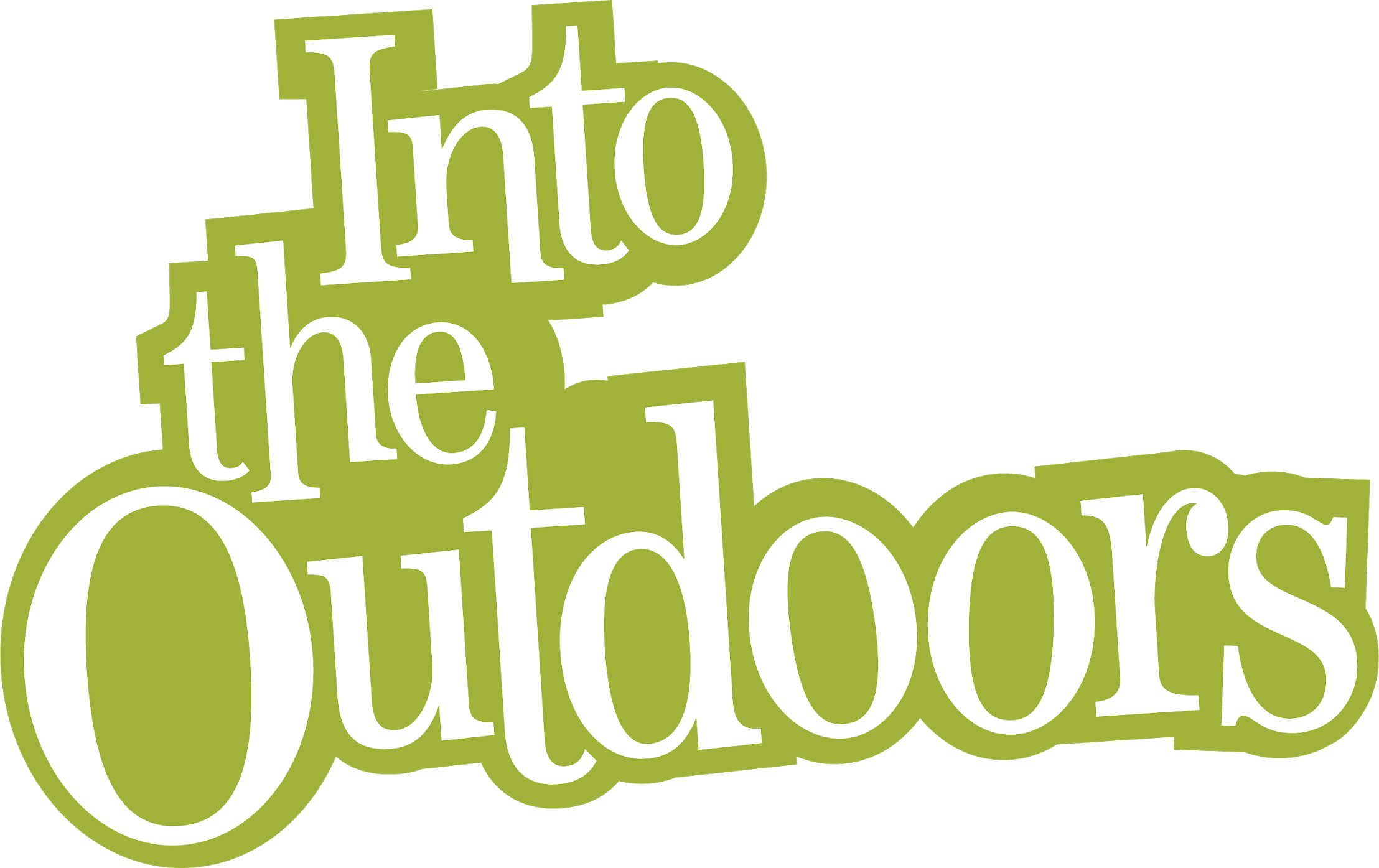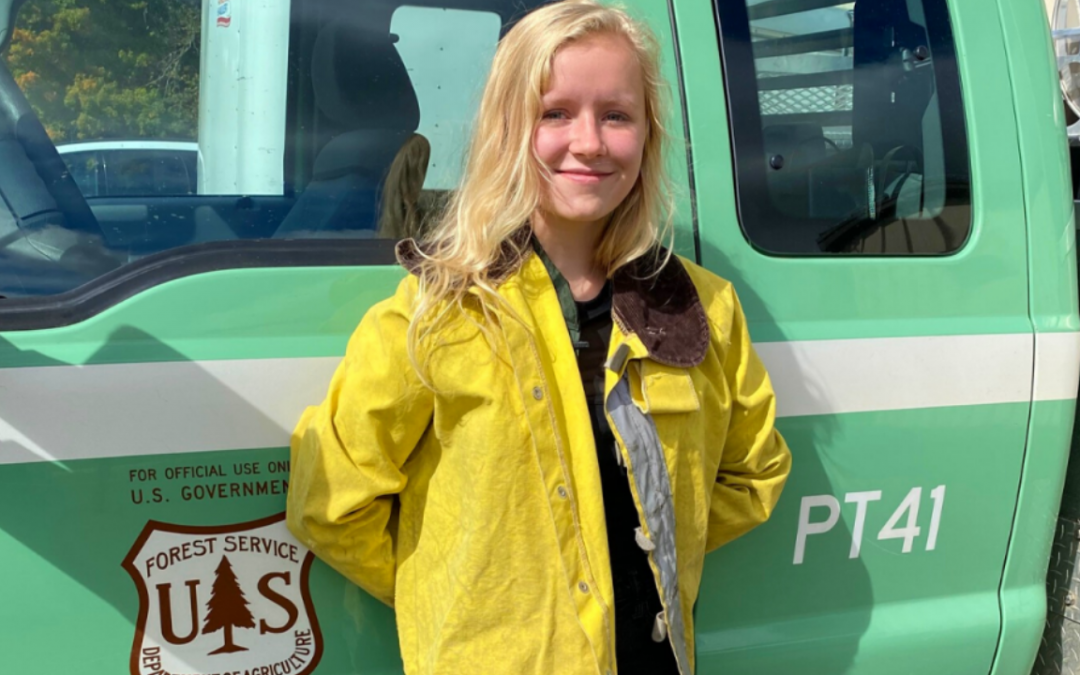
by Kylie Compe | Mar 30, 2022 | Blogs
Imagine a world where there is no fall leaves that crunch under your boots, no shady spot to lay in on a hot day, or piles of leaves for your dogs to jump in. These are just a few of the ways we find pleasure with trees, but what if there wasn’t any form of forest...

by Kylie Compe | Dec 14, 2021 | Blogs
Year after year, the question of purchasing a real versus artificial tree enters the homes of many. So which is the more sustainable option? The answer may surprise you! Artificial Trees — Pros and Cons At first glance, artificial trees seem like a...
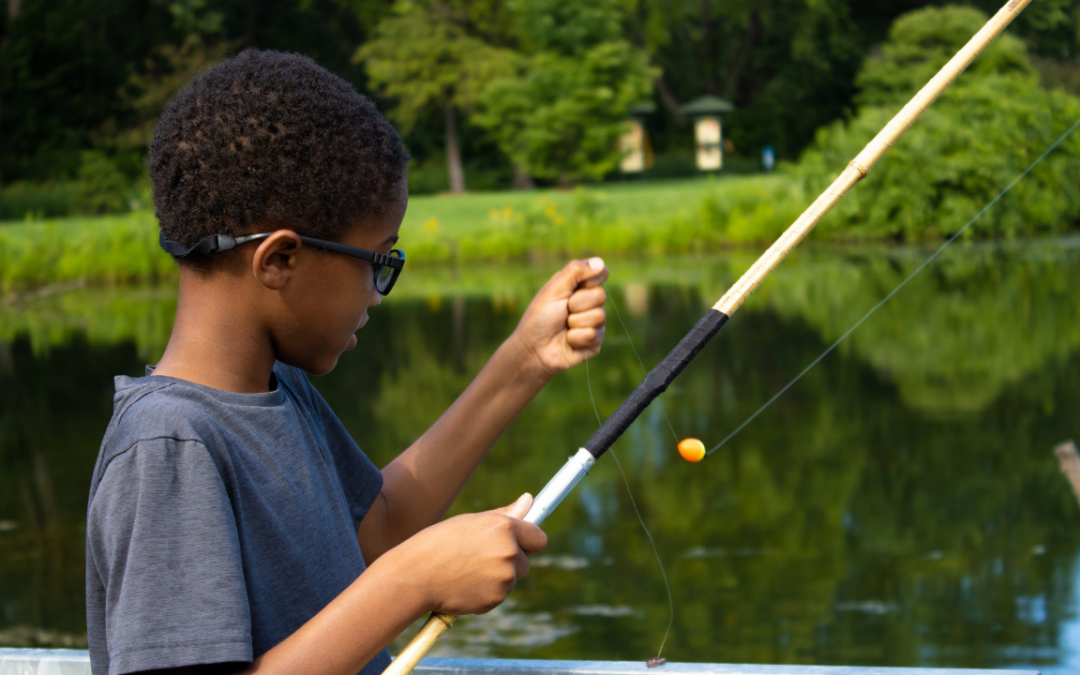
by Kylie Compe | Oct 29, 2021 | Blogs
What is a cane pole? You’ve probably heard of spincasters and maybe even trolling rods, but have you ever heard of a cane pole? Cane poles are traditionally a large stalk of bamboo with a line and bait at the end. Cane poles have proven themselves to be a successful...
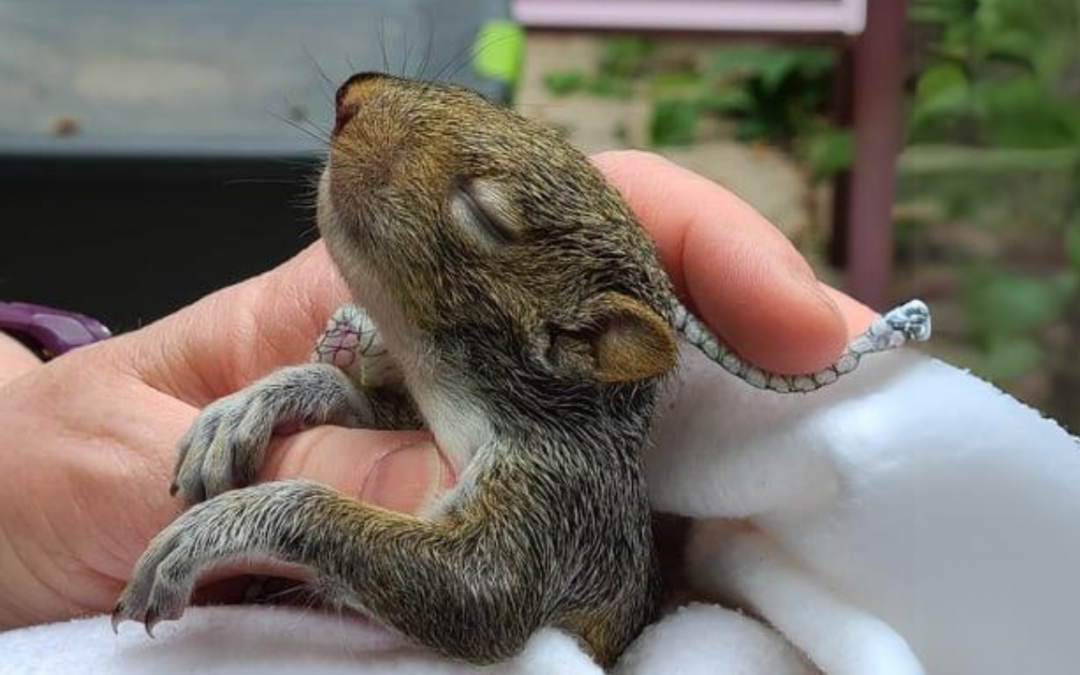
by Kylie Compe | Oct 18, 2021 | Blogs
What’s your favorite animal? It’s hard to pick just one right? There are millions of different animal species on Earth, and thousands of breeds have been domesticated from those species. When it comes to the vast variety of animal species on our planet and our...
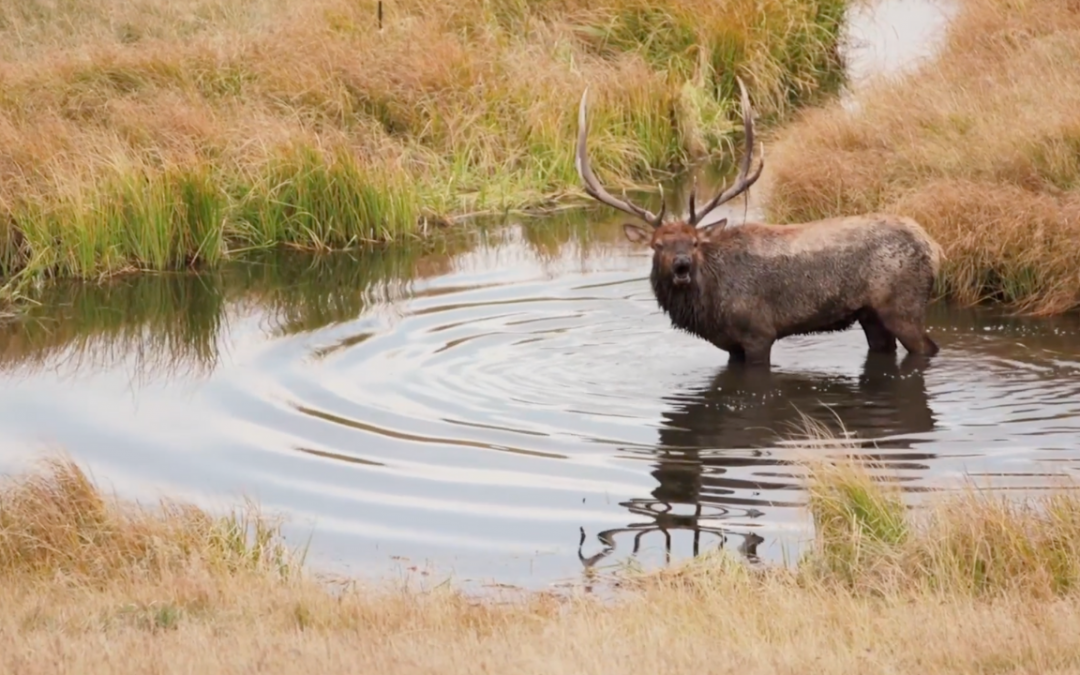
by Kylie Compe | Sep 27, 2021 | Blogs
It might be easy to mistake an elk for a deer or maybe even a moose, but elk are in fact a separate species, despite being part of the deer family. Elk are one of the largest terrestrial mammals in North America and are known for the bull’s bugle call that can carry...






